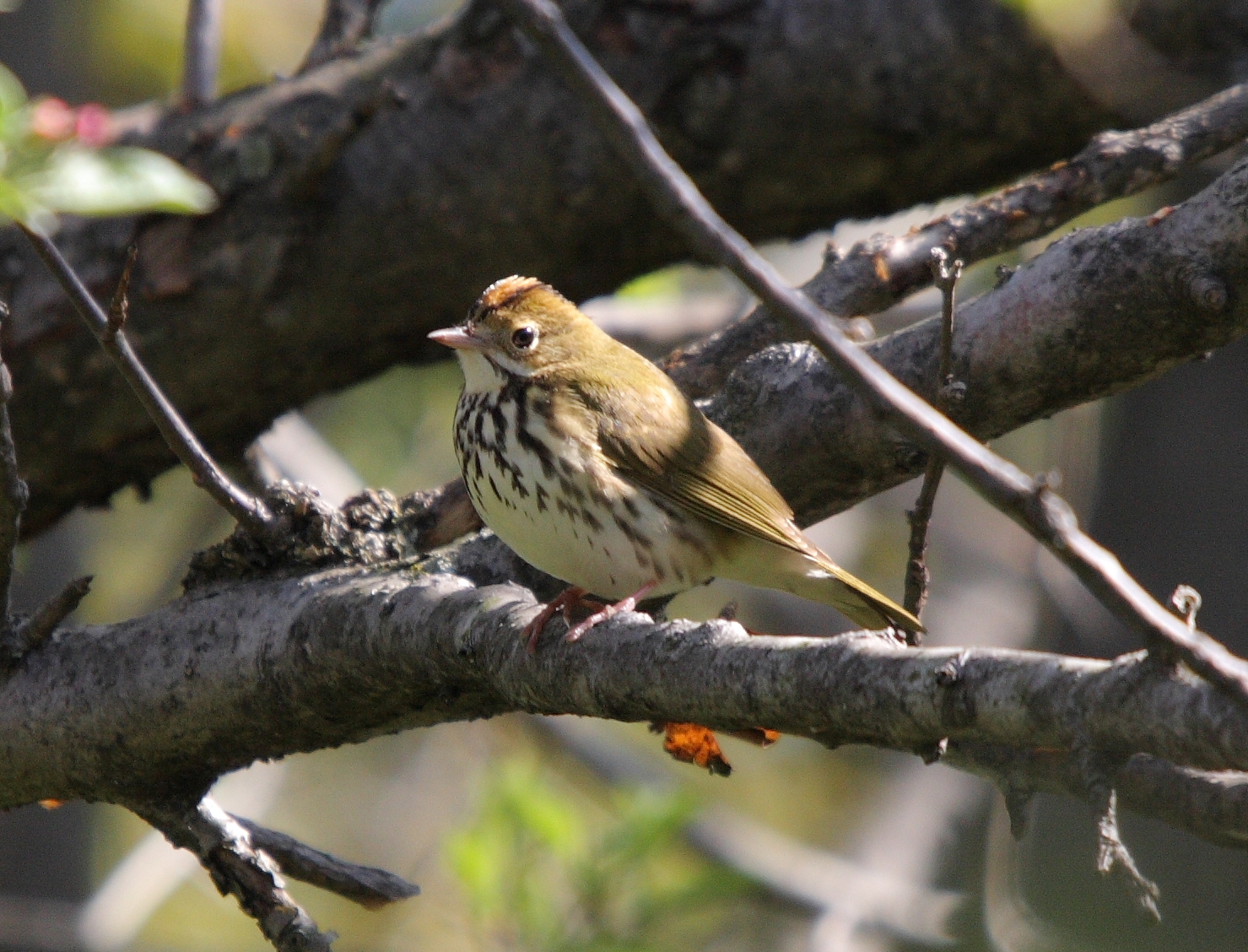|
Pseudasthenes
''Pseudasthenes'' is a genus of small suboscine passerine birds, commonly known as canasteros or false canasteros, in the ovenbird family. It was described in 2010 to accommodate four species split from the related genus ''Asthenes''. The genus is endemic to South America South America is a continent entirely in the Western Hemisphere and mostly in the Southern Hemisphere, with a considerably smaller portion in the Northern Hemisphere. It can also be described as the southern Subregion#Americas, subregion o ... Species The four species in the genus are: * Dusky-tailed canastero, ''Pseudasthenes humicola'' * Patagonian canastero, ''Pseudasthenes patagonica'' * Steinbach's canastero, ''Pseudasthenes steinbachi'' * Cactus canastero, ''Pseudasthenes cactorum'' References Bird genera {{Furnariidae-stub ... [...More Info...] [...Related Items...] OR: [Wikipedia] [Google] [Baidu] |
Steinbach's Canastero
Steinbach's canastero (''Pseudasthenes steinbachi'') or the chestnut canastero, is a species of bird in the Furnariinae subfamily of the ovenbird family Furnariidae. It is endemic to Argentina. Taxonomy and systematics Steinbach's canastero was originally described as '' Siptornis steinbachi'' and was later long placed in genus ''Asthenes''. Beginning in 2010 it and three other members of ''Asthenes'' were moved to the newly coined genus ''Pseudasthenes''. Steinbach's canastero is monotypic. (Subspecies ''neiffi'' of the short-billed canastero (''Asthenes baeri'') was originally described as a subspecies of Steinbach's canastero.) Description Steinbach's canastero is long and weighs . The sexes have the same plumage. Adults have a pale supercilium on an otherwise grayish brown face. Their crown and back are dull gray-brown, their rump chestnut, and their uppertail coverts rufous-chestnut. Their wings are mostly rufous with dark fuscous outer halves to the flight feathers. ... [...More Info...] [...Related Items...] OR: [Wikipedia] [Google] [Baidu] |
Patagonian Canastero
The Patagonian canastero (''Pseudasthenes patagonica'') is a species of bird in the Furnariidae subfamily of the ovenbird family Furnariidae. It is endemic to Argentina. Taxonomy and systematics The Patagonian canastero was long placed in genus ''Asthenes''. Beginning in 2010 it and three other members of ''Asthenes'' were moved to the newly coined genus ''Pseudasthenes''.Derryberry, E. P., S. Claramunt, G. Derryberry, R. T. Chesser, J. Cracraft, A. Aleixo, J. Pérez-Emán, J. V. Remsen, Jr., and R. T. Brumfield. (2011). Lineage diversification and morphological evolution in a large-scale continental radiation: the Neotropical ovenbirds and woodcreepers (Aves: Furnariidae). Evolution 65(10):2973–2986. https://doi.org/10.1111/j.1558-5646.2011.01374.x The Patagonian canastero is monotypic. Description The Patagonian canastero is long and weighs . The sexes have the same plumage. Adults have a light grayish brown face with hints of a paler supercilium and darker line behind ... [...More Info...] [...Related Items...] OR: [Wikipedia] [Google] [Baidu] |
Cactus Canastero
The cactus canastero (''Pseudasthenes cactorum'') is a species of bird in the Furnariinae subfamily of the ovenbird family Furnariidae. It is endemic to Peru. Taxonomy and systematics The cactus canastero was long placed in genus ''Asthenes''. Beginning in 2010 it and three other members of ''Asthenes'' were moved to the newly coined genus ''Pseudasthenes''.Derryberry, E. P., S. Claramunt, G. Derryberry, R. T. Chesser, J. Cracraft, A. Aleixo, J. Pérez-Emán, J. V. Remsen, Jr., and R. T. Brumfield. (2011). Lineage diversification and morphological evolution in a large-scale continental radiation: the Neotropical ovenbirds and woodcreepers (Aves: Furnariidae). Evolution 65(10):2973–2986. https://doi.org/10.1111/j.1558-5646.2011.01374.x Beyond that move, its taxonomy is unsettled. The International Ornithological Committee and BirdLife International's ''Handbook of the Birds of the World'' treat it as monotypic.HBW and BirdLife International (2022) Handbook of the Birds of th ... [...More Info...] [...Related Items...] OR: [Wikipedia] [Google] [Baidu] |
Dusky-tailed Canastero
The dusky-tailed canastero (''Pseudasthenes humicola'') is a species of bird in the Furnariinae subfamily of the ovenbird family Furnariidae. It is endemic to Chile.Remsen, J. V., Jr., J. I. Areta, E. Bonaccorso, S. Claramunt, G. Del-Rio, A. Jaramillo, D. F. Lane, M. B. Robbins, F. G. Stiles, and K. J. Zimmer. Version 28 September 2023. Species Lists of Birds for South American Countries and Territories. https://www.museum.lsu.edu/~Remsen/SACCCountryLists.htm retrieved October 20, 2023 Taxonomy and systematics The dusky-tailed canastero was originally described as ''Synallaxis humicola'' and subsequently placed in genera '' Siptornis'', ''Thripophaga'', and ''Asthenes'' by various authors and taxonomic systems.Pantoja, V., J. V. Remsen, Jr., and P. F. D. Boesman (2021). Dusky-tailed Canastero (''Pseudasthenes humicola''), version 2.0. In Birds of the World (T. S. Schulenberg, S. M. Billerman, and M. A. Bridwell, Editors). Cornell Lab of Ornithology, Ithaca, NY, USA. https://do ... [...More Info...] [...Related Items...] OR: [Wikipedia] [Google] [Baidu] |
Asthenes
Canasteros and thistletails are small passerine birds of South America belonging to the genus ''Asthenes''. The name "canastero" comes from Spanish language, Spanish and means "basket-maker", referring to the large, domed nests these species make of sticks or grass. They inhabit shrublands and grasslands in temperate climates from the lowlands to the highlands. They feed on insects and other invertebrates gleaned from the ground or the low vegetation. Taxonomy The genus ''Asthenes'' was introduced in 1853 by the German naturalist Ludwig Reichenbach. The name is from Ancient Greek ''asthenēs'' meaning "insignificant". The type species was designated by George Robert Gray in 1855 as ''Synallaxis sordida'' René Lesson, Lesson. This taxon is now considered to be a subspecies of the sharp-billed canastero (''Asthenes pyrrholeuca sordida''). In 2010, it was discovered that the thistletails and the Itatiaia spinetail, formerly placed in their own genera (''Schizoeaca'' and ''Oreophy ... [...More Info...] [...Related Items...] OR: [Wikipedia] [Google] [Baidu] |
Alcide D'Orbigny
Alcide Charles Victor Marie Dessalines d'Orbigny (6 September 1802 – 30 June 1857) was a French naturalist who made major contributions in many areas, including zoology (including malacology), palaeontology, geology, archaeology and anthropology. D'Orbigny was born in Couëron (Loire-Atlantique), the son of a ship's physician and amateur naturalist. The family moved to La Rochelle in 1820, where his interest in natural history was developed while studying the marine fauna and especially the microscopic creatures that he named "foraminiferans". In Paris he became a disciple of the geologist Louis Cordier, Pierre Louis Antoine Cordier (1777–1861) and Georges Cuvier. All his life, he would follow the theory of Cuvier and stay opposed to Lamarckism. South American era D'Orbigny travelled on a mission for the Paris Museum, in South America between 1826 and 1833. He visited Venezuela, Colombia, Ecuador, Peru, Bolivia, Chile, Argentina, Paraguay, and Brazil, and returned to Franc ... [...More Info...] [...Related Items...] OR: [Wikipedia] [Google] [Baidu] |
Suboscine
The Tyranni (suboscines) are a suborder of passerine birds that includes more than 1,000 species, a large majority of which are South American. It is named after the type genus '' Tyrannus''. These have a different anatomy of the syrinx musculature than the oscines (songbirds of the larger suborder Passeri), hence the common name of ''suboscines''. The suboscines originated in South America about 50 million years ago and dispersed into the Old World likely via a trans-Atlantic route during the Oligocene. Their presence in the early Oligocene of Europe is well documented by several fossil specimens. Systematics The suborder Tyranni is divided into two infraorders: the Eurylaimides and the Tyrannides. The New Zealand wrens in the family Acanthisittidae are placed in a separate suborder Acanthisitti. The phylogenetic relationships of the 16 families in the Tyranni suborder is shown below. The cladogram is based on a large molecular genetic study by Carl Oliveros and collaborator ... [...More Info...] [...Related Items...] OR: [Wikipedia] [Google] [Baidu] |
Passerine
A passerine () is any bird of the order Passeriformes (; from Latin 'sparrow' and '-shaped') which includes more than half of all bird species. Sometimes known as perching birds, passerines generally have an anisodactyl arrangement of their toes (three pointing forward and one back), which facilitates perching. With more than 140 families and some 6,500 identified species, Passeriformes is the largest order of birds and one of the most diverse clades of terrestrial vertebrates, representing 60% of birds.Ericson, P.G.P. et al. (2003Evolution, biogeography, and patterns of diversification in passerine birds ''J. Avian Biol'', 34:3–15.Selvatti, A.P. et al. (2015"A Paleogene origin for crown passerines and the diversification of the Oscines in the New World" ''Molecular Phylogenetics and Evolution'', 88:1–15. Passerines are divided into three suborders: New Zealand wrens; Suboscines, primarily found in North and South America; and songbirds. Passerines originated in the ... [...More Info...] [...Related Items...] OR: [Wikipedia] [Google] [Baidu] |
Ovenbird
The ovenbird (''Seiurus aurocapilla'') is a small songbird of the New World warbler family (biology), family (Parulidae). This bird migration, migratory bird breeds in eastern North America and winters in Central America, many List of Caribbean islands, Caribbean islands, Florida and northern Venezuela. Taxonomy The genus ''Seiurus'' is currently treated as monotypic, containing only the ovenbird; it is genetics, genetically distinct from all other species in the family Parulidae, probably the first genus to evolve separately from the rest of the family. Before the recent genetic studies were carried out, the waterthrushes were also included in ''Seiurus''; these are now treated separately in the genus ''Parkesia'' as they are not very closely related to the ovenbird. The species name ''aurocapilla'' is a noun phrase, so the original spelling is retained, not changed according to the gender of the genus name; Linnaeus originally named it ''Motacilla aurocapilla'', and the endin ... [...More Info...] [...Related Items...] OR: [Wikipedia] [Google] [Baidu] |
Family (biology)
Family (, : ) is one of the eight major hierarchical taxonomic ranks in Linnaean taxonomy. It is classified between order and genus. A family may be divided into subfamilies, which are intermediate ranks between the ranks of family and genus. The official family names are Latin in origin; however, popular names are often used: for example, walnut trees and hickory trees belong to the family Juglandaceae, but that family is commonly referred to as the "walnut family". The delineation of what constitutes a family—or whether a described family should be acknowledged—is established and decided upon by active taxonomists. There are not strict regulations for outlining or acknowledging a family, yet in the realm of plants, these classifications often rely on both the vegetative and reproductive characteristics of plant species. Taxonomists frequently hold varying perspectives on these descriptions, leading to a lack of widespread consensus within the scientific community ... [...More Info...] [...Related Items...] OR: [Wikipedia] [Google] [Baidu] |
Lumpers And Splitters
Lumpers and splitters are opposing factions in any academic discipline that has to place individual examples into rigorously defined categories. The lumper–splitter problem occurs when there is the desire to create classifications and assign examples to them, for example, schools of literature, biological taxa, and so on. A "lumper" is a person who assigns examples broadly, judging that differences are not as important as signature similarities. A "splitter" makes precise definitions, and creates new categories to classify samples that differ in key ways. Origin of the terms The earliest known use of these terms was thought to be Charles Darwin, in a letter to Joseph Dalton Hooker in 1857: "It is good to have hair-splitters & lumpers". But according to research done by the deputy director at NCSE, Glenn Branch, the credit is due to naturalist Edward Newman who wrote in 1845, "The time has arrived for discarding imaginary species, and the duty of doing this is as imperative ... [...More Info...] [...Related Items...] OR: [Wikipedia] [Google] [Baidu] |




